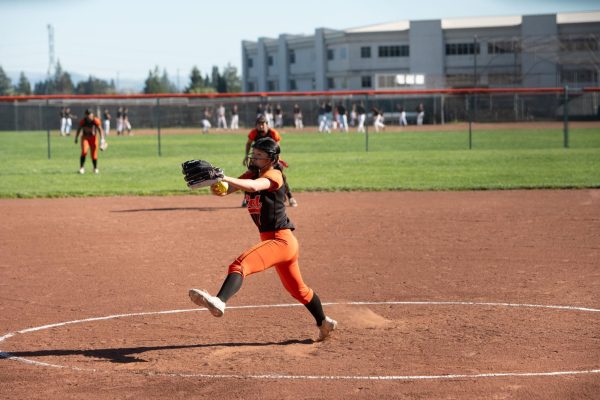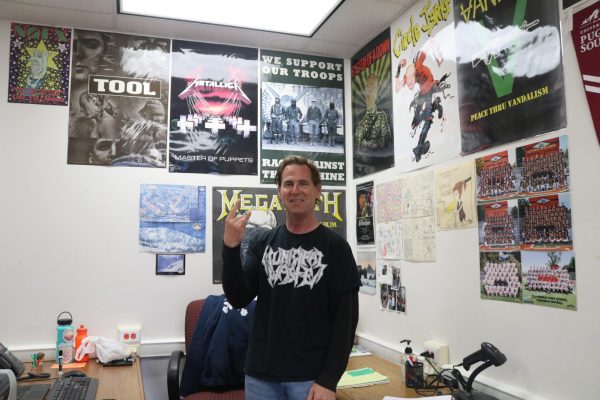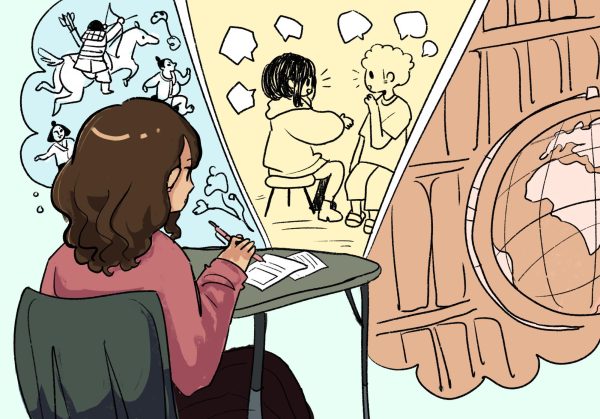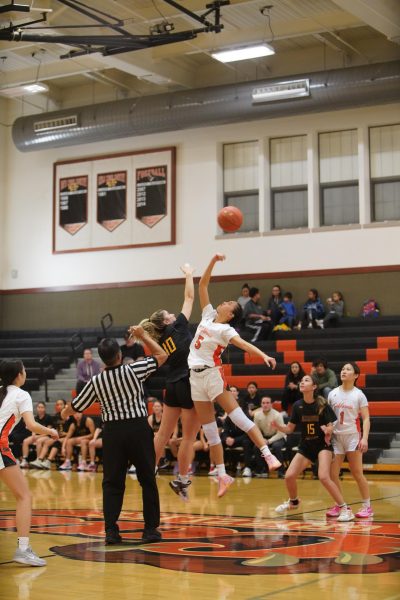Voices who truly need to be heard about in-person learning are being drowned out
The San Ramon Valley Unified School District is not ready to reopen schools for full hybrid learning under our current situation. But this topic – as with most that concern the district – should be open to an ongoing and fair discussion.
Unfortunately, at the forefront of this debate stand angry and disrespectful parents who want their kids to be able to return to campus largely just for the social aspect of school. This leaves the voices of parents whose students have greater needs to return to campus unheard by the Board of Education and district community.
Special education students are arguably the most impacted group by remote learning. These students have an especially difficult time learning online, for a multitude of reasons.
“My second grade daughter has an IEP [Individualized Education Program],” said parent of two elementary school students Alesia Strauch during a public comment at the Jan. 12 board meeting. “I feel like her needs for in-person resource are not being provided for.”
And how can they be? It is incredibly difficult for those who require non-traditional learning to be accommodated for in an online setting. More than anyone else, special education students thrive with hands-on experiences and in-person instruction, as shown by the small groups they once had, prior to the most recent statewide stay-at-home order.
Special education students are not alone. Many elementary school students have their own set of struggles that come with remote learning.
“Do you have any idea what it’s like to teach a struggling six-year-old how to read and write?” Montair Elementary School teacher and parent Shannon Mundelius asked at the meeting. “I’m talking letter sound skills, blending skills, letter formation skills, through a camera where I can’t see [my student’s] paper or her hands. I can’t see her touch the words and sounds as we make them.”
And this is a valid and fair point. Elementary school lays the foundation for students’ entire education, which is now being conducted through a computer. Without additional assistance, how can kids be expected to learn the basics they will need for the rest of their lives?
Unfortunately, voices respectfully advocating for these two student groups to return are few and far between. Reasonable arguments are often pushed aside, silenced by annoyed parents whose only goal is to regain the old socialization and sports that once occurred for their kids. Normal interaction is not realistic or relevant and should be moved to the backburner in place of more pressing issues.
These parents frequently insult the trustees and their decision-making process in lengthy Facebook posts, emails, and public comments at board meetings to get their point across.
“[Trustees] Ken, Rachel, Susanna, Laura, and Shelly, I wonder how you feel about what you have done,” Priscilla Graft, a 2020 school board candidate and parent of two, said at the Jan. 12 board meeting. “I wonder how you sleep at night knowing that…you are standing by while [students’] educational well-being is being ripped out from under their feet by a teacher’s union obsessed with power, and obsessed with control.”
One call-in speaker even resorted to using racist personal attacks against Board President Susanna Wong Ordway during her comment at the same meeting.
“I cannot trust the president of the trustee board right now because where she’s from, I think she’s from China,” said the woman, who declined to state her name so she could “tell the truth.” “I don’t trust people with relationships to China right now.”
Superintendent Dr. John Malloy and the rest of the board have become torn between trying to please this overbearing group and meeting the true needs of the student body as a whole. Conversation and progress cannot occur because those with just intentions are drowned out by those frustrated with the lack of social interaction available for their students.
This is not to say the social-emotional health of students should be ignored, but the district does need to focus. It must use its resources on more attainable objectives than full hybrid learning for all, ones that will help achieve that goal as soon as possible. Getting elementary school and special education students back to some form of in-person learning needs to be their top priority










Parent • Feb 6, 2021 at 9:45 pm
Whatever teacher that allowed this to be published should be ashamed! This isn’t journalistic in any sense but reads as a complete hit piece against members of our community for no reason other then they want to go back to school. There needs to be a big apology from the school for this. This is absolutely unacceptable.
Parents SRVUSD • Feb 4, 2021 at 8:44 pm
This article is insulting and inaccurate. Using words such as disrespectful, overbearing, angry are not fair or representative of the group that wants to return. How do you know what we advocate for? How do you know which students or families are struggling? It is extremely biased and poor journalism to use reasonable to describe a group that you so obviously align with and overbearing for the opposing side. Both sides can be right in this debate! The needs for students and teachers to stay remote does not need to be mutually exclusive with those that need to return. This public community shaming is what is disrespectful and needs to stop.